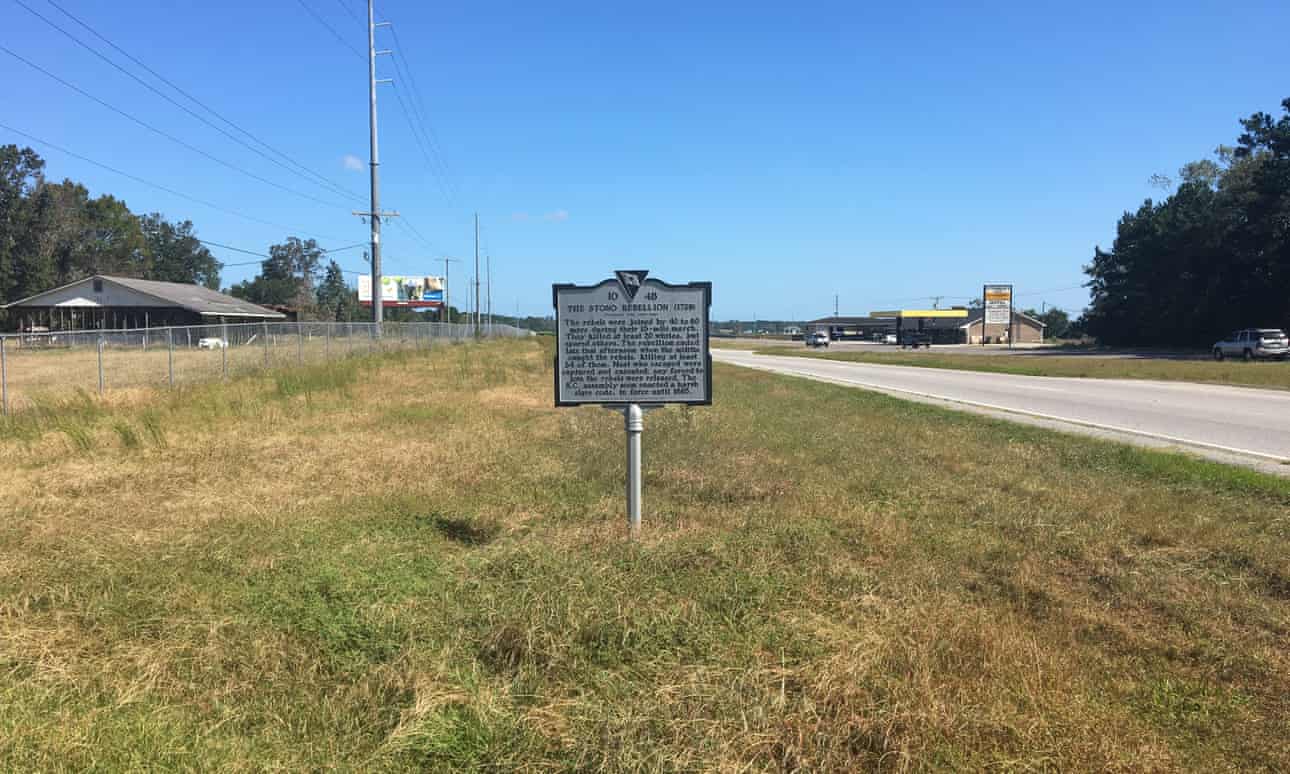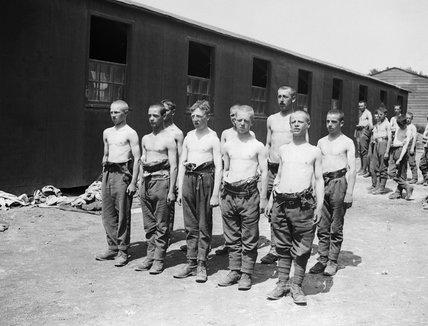Calendar
On this day in 1971, 1,281 out of ~2,200 inmates at the Attica Correctional Facility in New York took control of the prison, taking 42 staff hostage, beginning the bloodiest prison uprising in U.S. history, with 43 people killed.
Image: A crowd of nearly all-black inmates with their fists raised during a negotiating session on September 10th, 1971. Photograph from AP.
Col. Stone Johnson, born on this day in 1918, was a bodyguard who protected figures involved in the civil rights movement. When asked how he could protect others as a non-violent bodyguard, he replied "With my non-violent .38 special."
Elena Quinteros, born on this day in 1945, was an anarchist Uruguayan school teacher arrested and killed in 1976, during the rule of a U.S.-backed military dictatorship. Her death led to Venezuela severing diplomatic relations with the country.
On this day in 1980, the radical Christian anti-war "Plowshares Movement" committed their first act of protest when eight activists entered a private weapons factory, damaged missiles with hammers, and prayed for peace.
Image: A photo of the Plowshares Eight [wagingnonviolence.org]
On this day in 1739, the largest slave uprising in the British mainland colonies began in South Carolina when 22 enslaved Africans looted a store at the Stono River Bridge, killing two storekeepers and seizing weapons and ammunition.
Image: The Stono rebellion sign on a stretch of US Highway 17 in South Carolina. Photograph: Adam Gabbatt, via The Guardian
The Étaples Mutiny was an uprising that began on this day in 1917, committed by British Army and Imperial soldiers in the Northern French coastal port of Étaples during World War I.
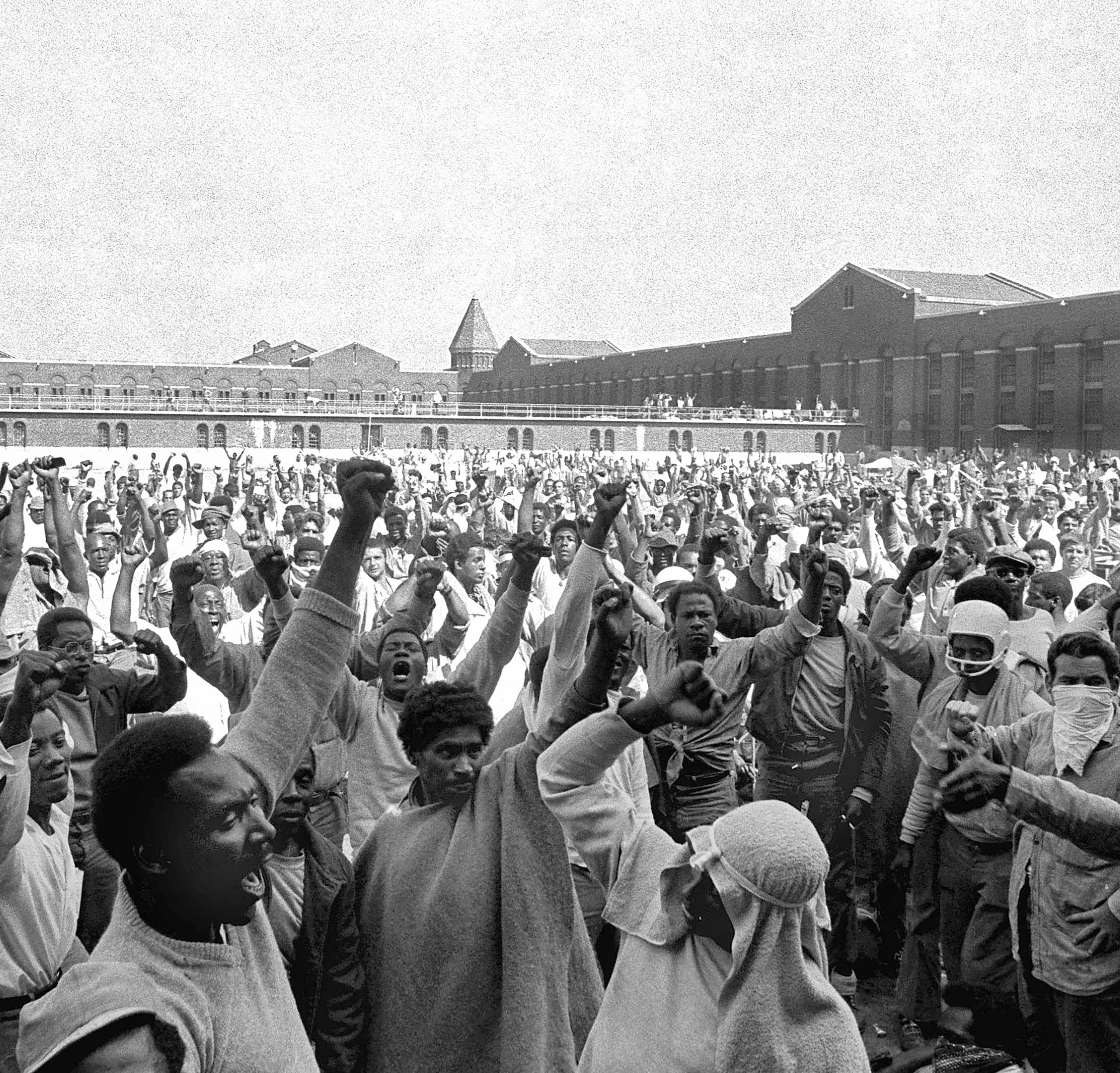
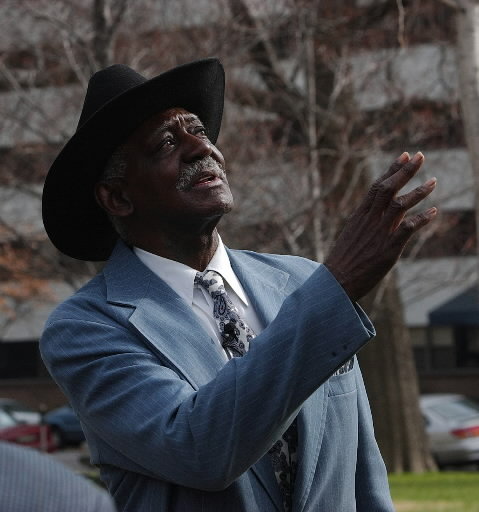
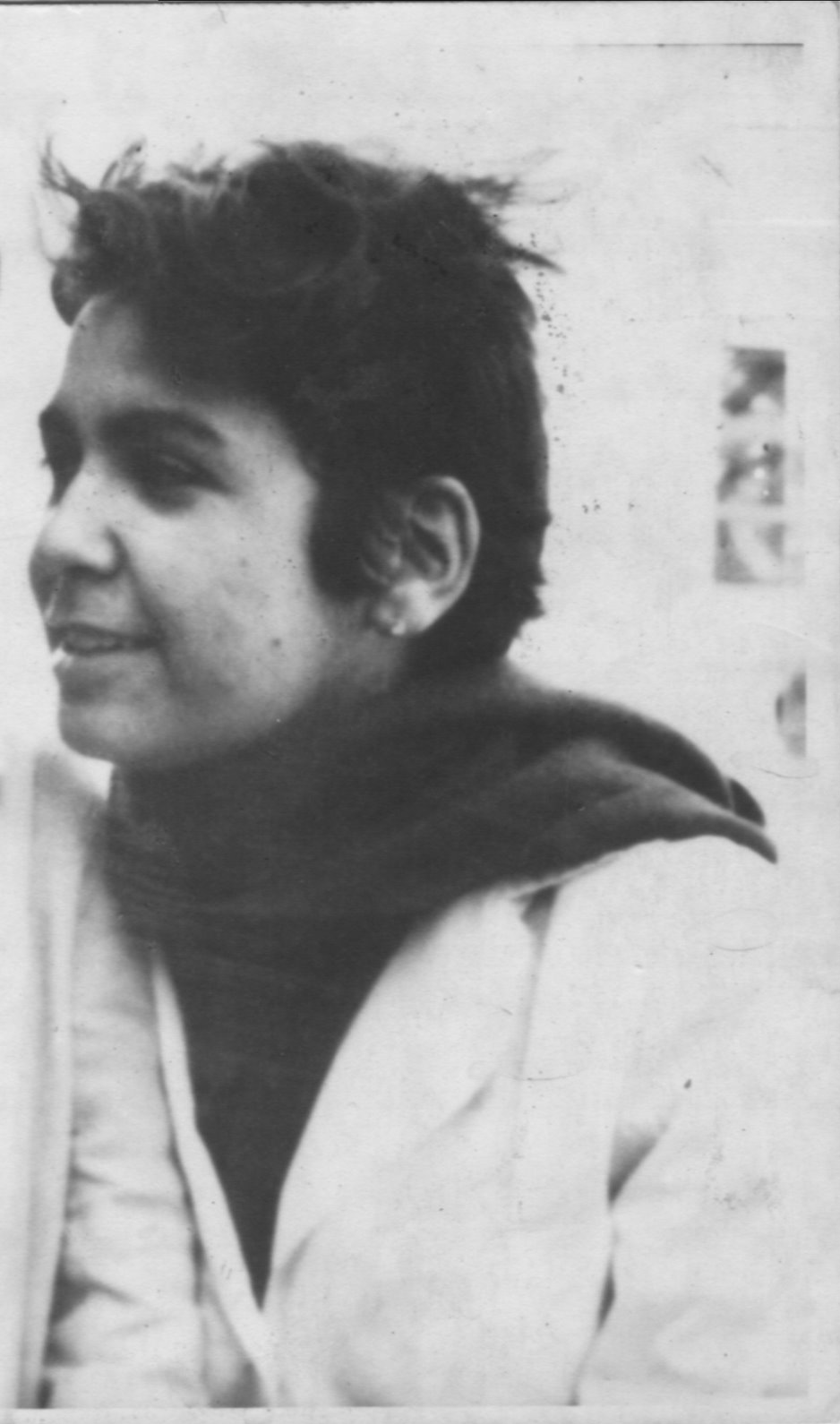
![A photo of the Plowshares Eight [wagingnonviolence.org]](https://stahmaxffcqankienulh.supabase.co/storage/v1/object/public/event-photos/Events/plowshares8.jpg)
